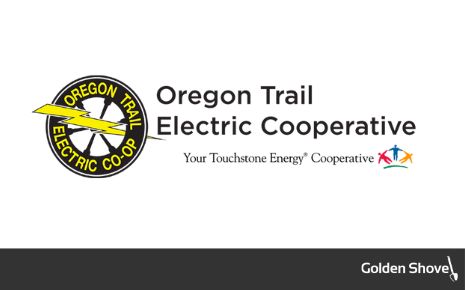4 Easy Steps to Tracking Visitors on Your Website
21 Sep 2020
News, Website Development
Who has heard the phrase, “It’s not what you know, but who you know.”? In any industry, introductions are important, and building your network makes a big difference. For economic developers, having a robust network and access to tools and resources can define how you do business.
You can build your network at trade shows, conferences, or really any event by simply trading contact information. However, there’s another place that many people forget about as a networking tool. Your website!
Your economic development website attracts tons of people every single day. Do you know who’s visiting, what they’re viewing, and how you can attract even more visitors? If the answer is no, don’t worry. There are many data analytics software programs available that can help you answer these important questions.
Now, more than ever, people are online and searching for communities like yours. You don’t want to miss attracting site selectors and business owners looking to relocate. Even more important, these business owners are leaving digital footprints every time they search the internet and visit your site.
If you are new to website analytics tools, or maybe have one but don’t use it, the amount of data can be overwhelming at first. Our best analogy is walking into a big conference and trying to decide how to make introductions and who to meet first. The first approach you might make is to scan the room, or in this case, the website visitors, to learn who is here and why they’re visiting.
Tracking Visitors on Your Website
#1 Who Is Visiting Your Website?
The very first thing to look at on your analytics software is the visitor count from month to month and you’ll want to look for trends, hopefully sloping upwards indicating increasing traffic. Something to pay attention to is if there are any spikes in activity- what was going on at that time that could have caused a spike. For example, maybe when COVID first hit, you could see a spike as everyone was online more often.
Next, look at the daily traffic as it pertains to marketing campaigns, blog posts, or social media messaging. You can match this data to a marketing schedule and uncover initial correlations between traffic patterns and individual marketing efforts, ultimately providing feedback about the effectiveness of your marketing.
After examining the overall traffic patterns, it’s time to get into the individual visitors. At Golden Shovel Agency, we use Lead Forensics to get that information. The main thing we track is where the visitor is coming from. We are able to tell if they are coming from a company, educational institution, state agency, or other public entity. You aren’t able to see any personal private information, but by using their location and type of organization, you get a good idea of whether you are attracting the right type of audience to your website.
#2 What Sites Are Referring Your Visitors?
Now it’s time to get into how those visitors end up on your website. If they are coming via a search engine, use those keywords they are searching for in your marketing material. Actually use them! You can use popular keywords in social media, blogs, and press releases.
If the visitors are instead coming from other websites, make sure to also create a link to their site and thank them on social media. Reciprocal links drive traffic and create momentum. Another tip is to look at the referring site and try to figure out why people may be visiting that site, to begin with. Finally, another great way that people can come to your site is through your own social media posting.
#3 What Pages Are Your Visitors Entering, Viewing, and Exiting?
We’re halfway through! Your next step is to decipher which of your web pages are being viewed. The initial page a visitor sees on a website is considered the landing page. If the top landing page is your homepage, then visitors are most likely arriving via a search engine. If they are arriving on subpages, look to see what content is attracting them and increase your marketing efforts on that content.
Next, you should look at the time spent viewing your web pages. Most visitors spend less than 15 seconds on any page. Look very closely at the pages being viewed in excess of eight to ten seconds. This content is gold and should be promoted to drive more traffic.
Hopefully, you can see that visitors move from their initial landing page to more pages on your site. One positive pattern is when they view a couple of pages, then exit the site from your contact page. This suggests the visitor may be contacting you or considering reaching out. A negative pattern is when visitors come to the homepage and leave with only a short visit. This suggests that the visitor didn’t find enough compelling information to investigate further. If you want to improve your website, check out these 3 Trends of the Best Economic Development Websites.
#4 Are Visitors Returning?
By now, you have a pretty good idea of who’s visiting your website, how they’re getting there, and what they’re viewing. But are they coming back? You can find the most active visitors from the analytics report to see how many times the most engaged visitors returned.
Returning visitors are most engaged and highly sought after. This individual came to your website, viewed content, and returned after contemplating information. This is a person you need to connect with to build a relationship. This leads to the final step. Use all these website analytics to find ways to connect to your visitors.
For example, after viewing a report of active visitors, look on LinkedIn for people that fit your visitors’ descriptions. LinkedIn is a powerful networking platform that can really help you form your network. When you reach out, contacts are usually engaged and appreciative. It’s a great way to start a relationship.
More Topics






